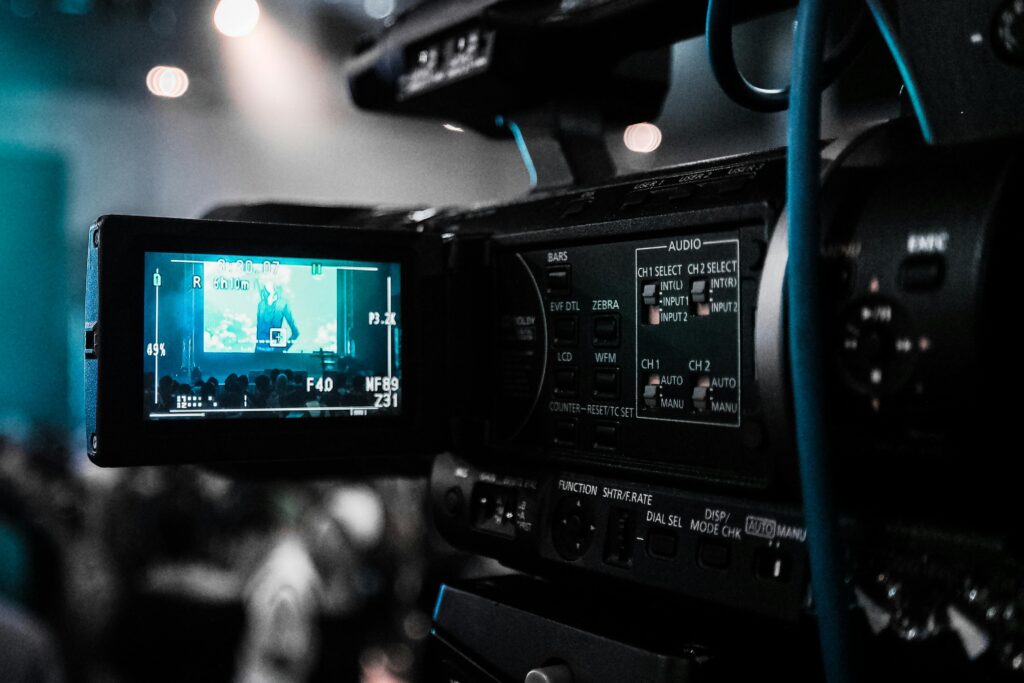Using the right camera lenses for your streams can significantly improve your images, bettering viewer experiences. Whether broadcasting a gaming session or hosting a virtual event, the right camera lenses can make all the difference in delivering crisp, professional-looking footage.
The Growing Demand for Live Streams
Consumers across different entertainment sectors have shown an increasing demand for live streams. As a result, the global live-streaming market hit $1.49 billion in 2023 and is expected to hit $3.21 billion by 2027. Platforms like YouTube have integrated YouTube Live, which allows content creators to reach their audiences in real time. Viewers can now follow live events like concerts and exhibitions without accessing the physical locations.
Another industry where live streaming has become popular is online casinos. Gaming platforms are now offering live dealer games where players can engage virtually with professional dealers and other players. For example, if you click here to read the entire review, you will find casinos such as Jackpot City, which includes live options like Lighting Roulette, where players determine the number on which a ball lands in a virtual setup. As many customers increasingly prefer live streams, understanding the lenses that work for you becomes crucial.
Some Camera Lenses to Consider
Prime Lenses
These lenses have fixed focal lengths, meaning you can’t zoom in or out. However, that does not mean you can’t adjust the focal distance of the lenses using the focus ring. They often produce clearer and more detailed images since they have fewer moving parts and glass elements than zoom lenses.
Photography Concentrate indicates that prime lenses are preferred because of their less distortion and chromatic aberration, as the manufacturer only fixes one focal length. Many prime lenses also feature wide maximum apertures for better low-light performance. These apertures can achieve shallow depths of field, which narrows the focus range of an image and allows the subject to stand out more prominently.

Wide-Angle Lenses
Wide-angle lenses have a wider field of view than standard or telephoto lenses. They have a focal length that goes up to 35mm for full-frame cameras, making them favorable for capturing expansive scenes, architectural details, and landscapes. Wide-angle lenses also excel in tight spaces like interiors or crowded environments.
By making objects closer to the lenses appear larger, they exaggerate perspective while simultaneously expanding the apparent distance between foreground and background elements. However, they may not be ideal for portrait photography, as the exaggerated perspective can distort facial features at close distances. These lenses can also introduce distortion, particularly at the edges of the frame.
Zoom Lenses
Zoom lenses have variable focal lengths that allow you to adjust the magnification of your image without changing lenses. This can be useful in scenarios where you may need to switch between wide shots and close-ups quickly. In instances like wildlife photography, where it might not be appropriate to get close to subjects, zoom lenses allow you to capture the shots you need.
Some popular shows that have used zoom lenses include The Office, Brooklyn 99, etc. While prime lenses might be faster – some at f/1.8 or f/1.4, zoom lenses are only slightly slower, with some at f/2.8 or f/4. Many modern zoom lenses come equipped with built-in image stabilization technology, which helps reduce the effects of camera shake.
Conclusion
The type of lenses you use has never been as important, especially in an age where demand for excellent streams is evident. As the demand for live streaming soars, businesses offering high-quality streams will definitely stand out.

